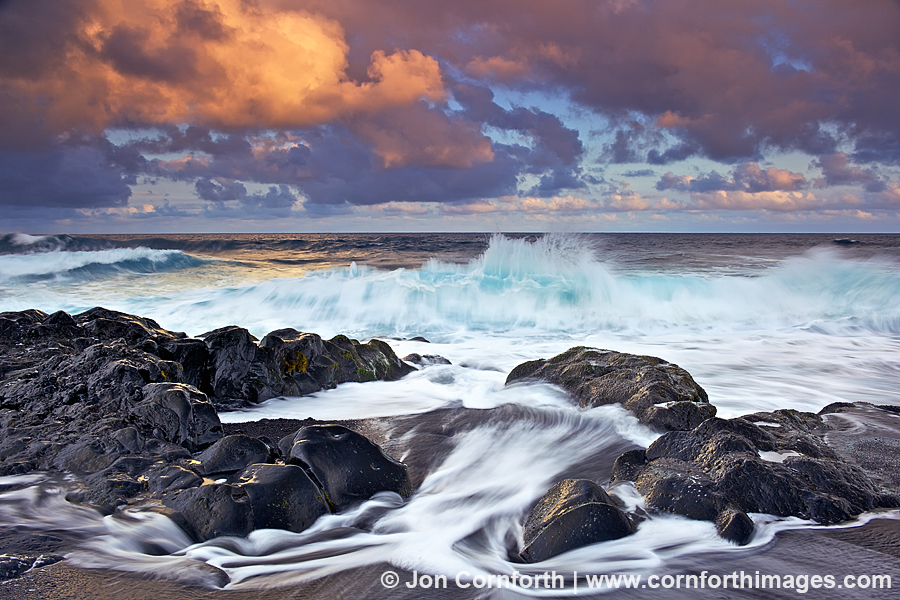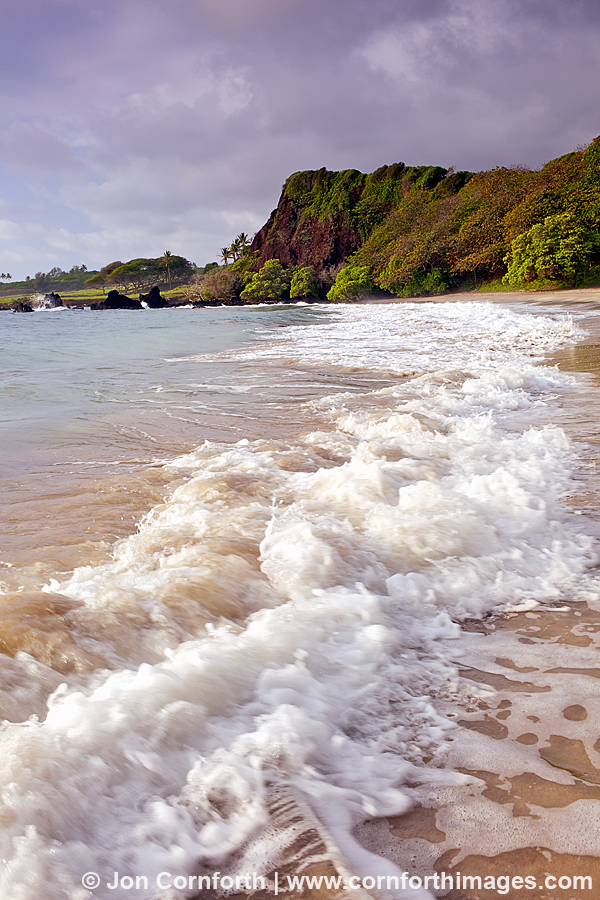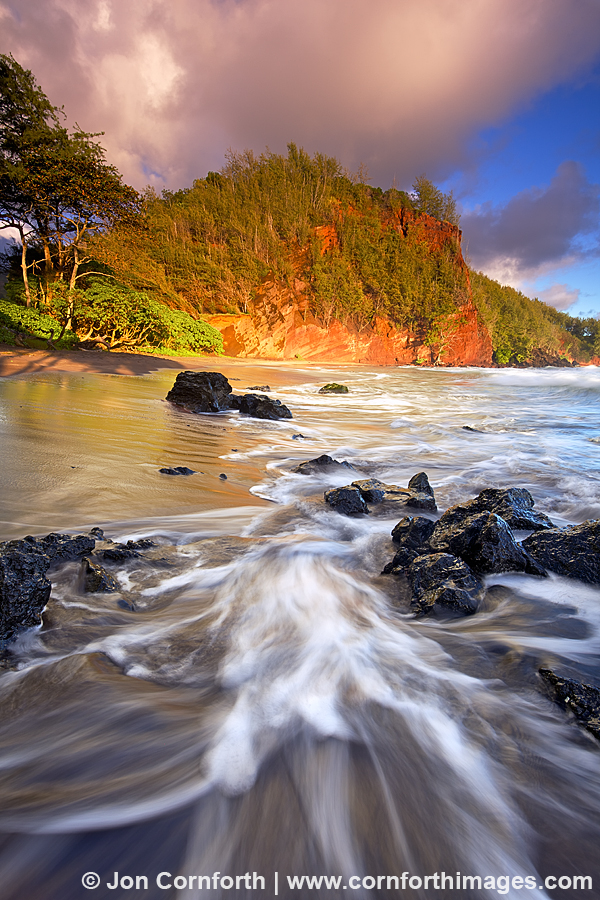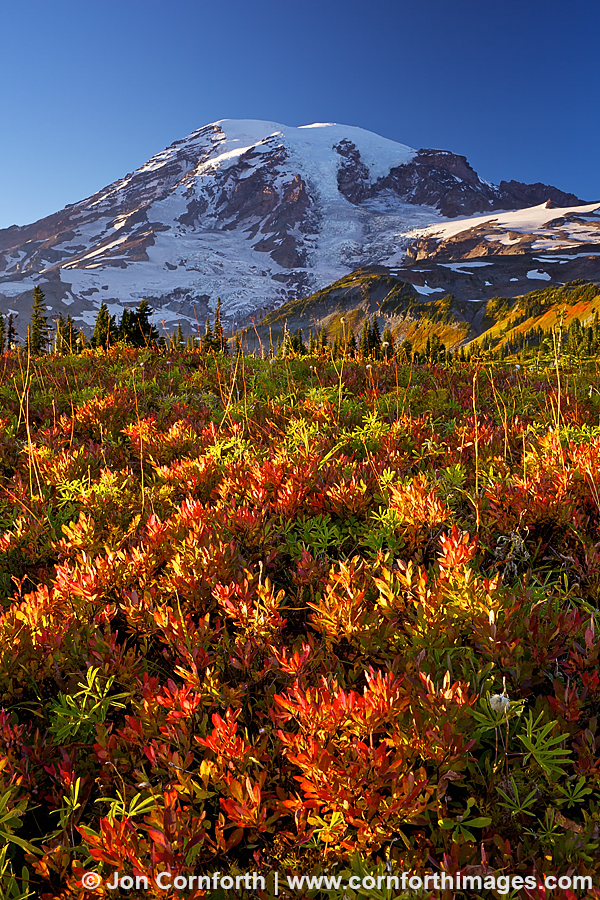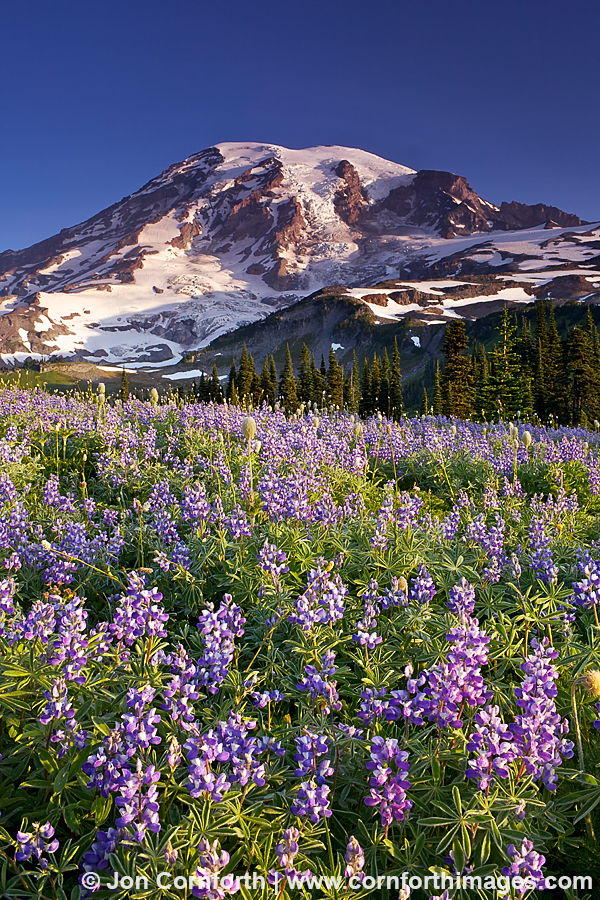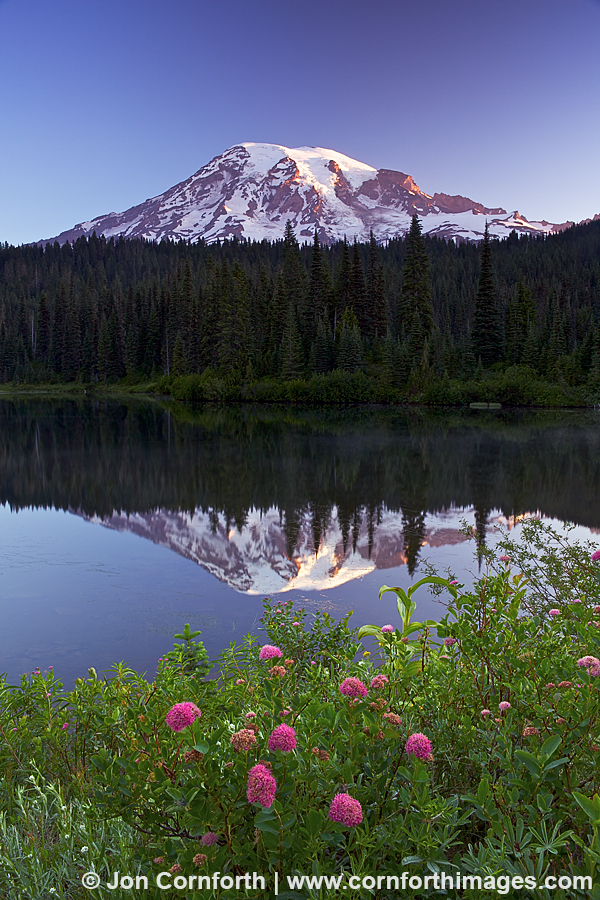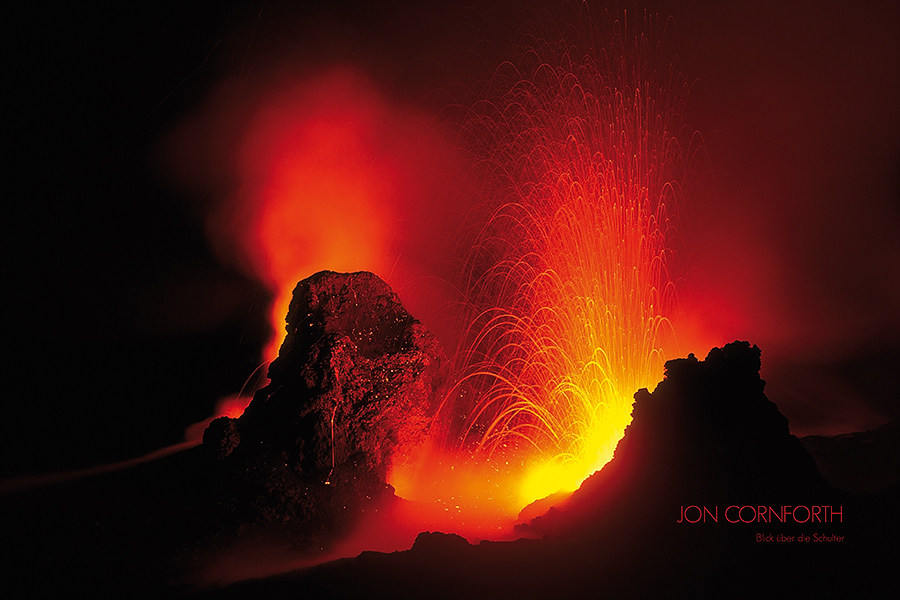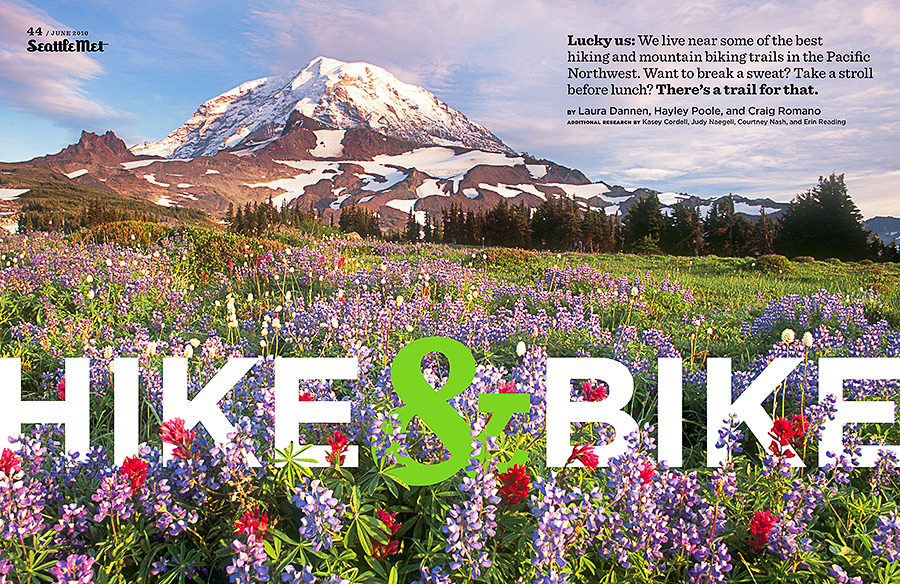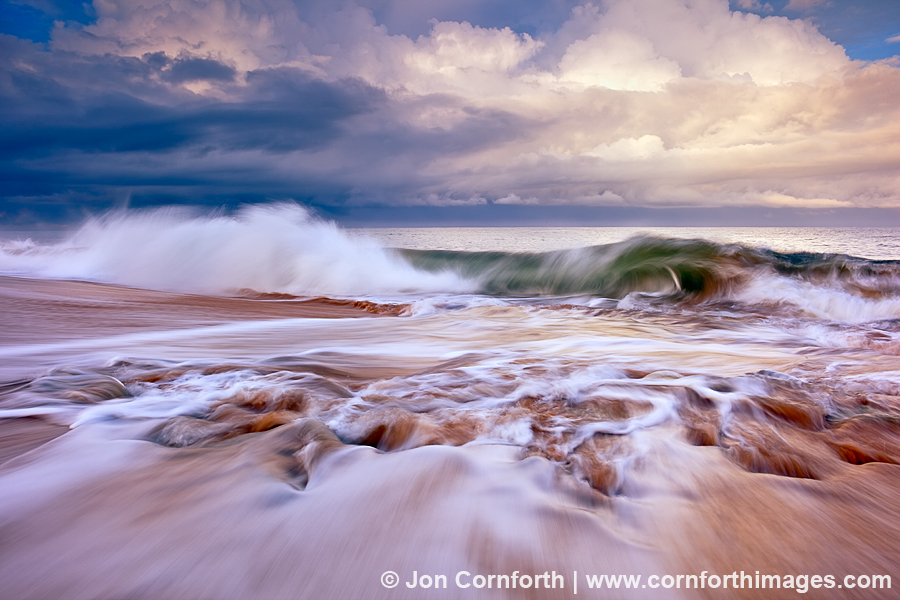
Papohaku Beach Sunrise 1
Posted onI spent a week sea-kayaking Molokai‘s remote north shore 7 years ago and had always wanted to return. I finally had the opportunity when I took my family to Maui for our recent family vacation. Molokai’s tranquil charm is the total opposite of the tourist chaos of Waikiki or Lahaina. There really isn’t much to do, other than relax and do nothing, which is exactly what we did.
Hawaii experienced a huge tropical storm during our week-long visit, which was a bummer, especially for my photography ambitions. After several days of torrential rain, I finally experienced perfect landscape photography conditions and created this dramatic image on our last morning on Molokai. At almost 3 miles long, Papohaku Beach is the longest beach in Hawaii. Of course, since this was Molokai I had this beautiful location all to myself. I located these lava rocks embedded in the sand on the north end of the beach and knew that they would give some texture to the outgoing waves crashing into the beach. I also anticipated that the clear sky in the east was going to allow the sunrise to light up the cloudy remnants of the previous few days’ storm just offshore. By taking extreme chances with my camera equipment and through trail and error, I created this dynamic image. From the silky water rushing over the sand and rocks to the breaking wave with the clouds billowing in the sky, this picture has an elemental, dream-like quality that I am completely enamored with. I created this image with my Canon 5DmkII, Carl Zeiss 28mm f2 ZE lens, and Singh-Ray 2-stop Hard Graduated Neutral Density filter on my tripod. It is a single exposure that required minimal processing using Aperture 3.

